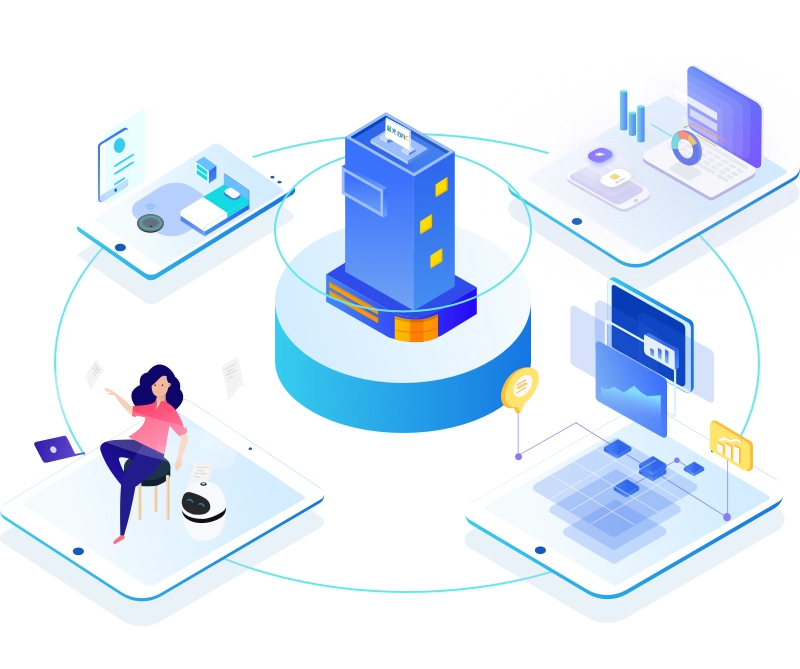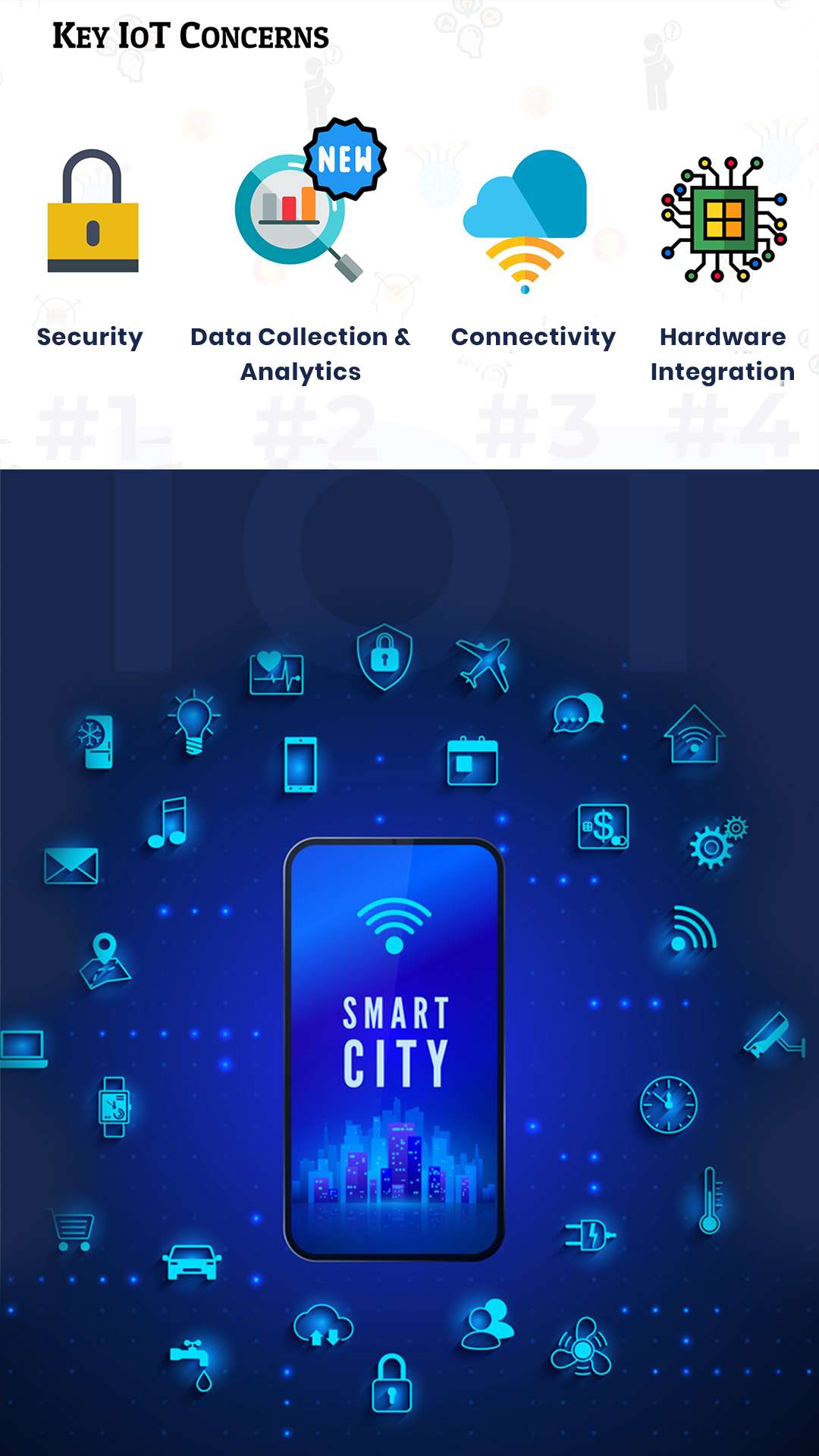Once a dream, iot home automation is slowly but steadily becoming a part of daily lives around the world. In fact, it is believed that the global market for smart home automation will reach $40 billion by 2020.
This shouldn’t be surprising when you consider the convenience and ease that smart home devices offer. Since these IoT devices are interconnected, it becomes easier to manage multiple operations. In fact, IoT home devices also help in reducing costs and energy, not to mention time as well, says Rushabh Patel, founder and CEO, Siddhi InfoSoft.
These days, there is a vast range of devices powered by IoT. These include thermostats, refrigerators, security systems and even dryers and kettles. With the passage of time, more devices are sure to be added and with smarter features.
IoT home automation – Smart homes and Internet of Things
Before proceeding any further, let’s take a closer look at IoT. ‘Internet of Things’ is an umbrella term used for all technologies that enable the connection of a device to the Internet.
Such systems depend on the collection of data. The data is then used for monitoring, controlling and transferring information to other devices via the internet. This allows specific actions to be automatically activated whenever certain situations arise. In a simple example, consider a smart kettle. The kettle can be programmed to automatically turn off once it reaches a specific temperature. It might also send a notification to the user on the same.
Now apply the same concept to the entire home and all the devices present. That is a smart home powered by IoT. Instead of manually going up to the device and taking action, those actions can be taken at the press of a button. These days, most smart IoT home automation devices allow you to control them via an app or even via voice commands.
Now imagine if you did not even need to undertake such actions. In other words, the smart home will know when to take certain actions and automatically take them. This is where the future of home automation and IoT lies.
Here are some possible scenarios that we may see in future.
Lighting
These days, smart lighting is all the rage. They can be scheduled to turn on/off and change their intensity. However, in future, it is possible for this to be taken a step further. With IoT enabled across the home, the lights can respond to other actions you take.


For example, the lights can respond to your home cinema. They can turn off or dim whenever you start watching a movie. Going further, they may even react to the type of movie. For example, they can turn off completely if the lights sense that you are watching a horror movie, giving you the proper atmosphere.
Doors
In the future, doors can become smarter as well. Imagine them opening only when you enter or close. This may be made possible via a smart device or facial recognition. This can be taken to the next step by getting the rest of the house take actions in tandem with your entry.
For example, the lights can turn on as soon you as enter through the door. Alternatively, if you are leaving, they can turn off.
Windows
Windows can become smarter as well. Imagine them automatically open the shutters when the sun rises and close at sunset. You may even be able to program them to close automatically when it rains. Consider the previous example of a home movie. Your curtains can lower whenever you are watching a movie.
Thermostat
These days, you can control your home thermostat remotely via apps. In the future, you may not even need to do that. The thermostat will be able to recognise if you are nearing your home. It will then check the room and external temperature and set the right one for you. It may even recognise when you are taking certain actions and adjust accordingly such as when you are showering or exercising.


Gardens
Even your gardens can become smarter in the future with IoT. You will be able to place IoT sensors in the garden. If these sensors detect dryness in the soil, they can trigger the irrigation system. Robotic lawnmowers can be automatically deployed if the grass exceeds a certain height.
Home routines
It is already possible for much of the home to be connected with smart devices. There are smart sockets that automatically turn on/off devices. Smart alarms can play music when you wake up or even tell you the news. Voice assistants can even run entire routines where the lights, home appliances, thermostat, alarms and other devices are controlled.
Going forward, this will be extended throughout the home. Consider the morning routine. The shutters will open right before you wake up to help you get rid of that grogginess. Even before you wake up, the coffee maker will start getting your morning cup ready. The bathroom will get the water heated for your shower. Your stereo will start playing some morning tunes as you have your morning cup. Your TV will also turn on and show you your preferred news channel. Of course, the thermostat will adjust to a comfortable temperature.
Of course, all of these are not going to happen overnight. There are a few barriers to widespread adoption of IoT-enabled smart homes, the primary of which is cost. Privacy is another major concern. Then there are the current technological limitations that create difficulties in a seamless connection between multipole IoT devices.
To know more about Siddhi InfoSoft click here
The author of this blog is Rushabh Patel, founder and CEO, Siddhi InfoSoft
About the author
Rushabh Patel is a founder and CEO of Siddhi InfoSoft, one of the leading web and app development companies in India with a great passion for web and app development mainly iOS, Android and Fullstack development.
Comment on this article below or via Twitter: @IoTNow_OR @jcIoTnow
Leave a Reply